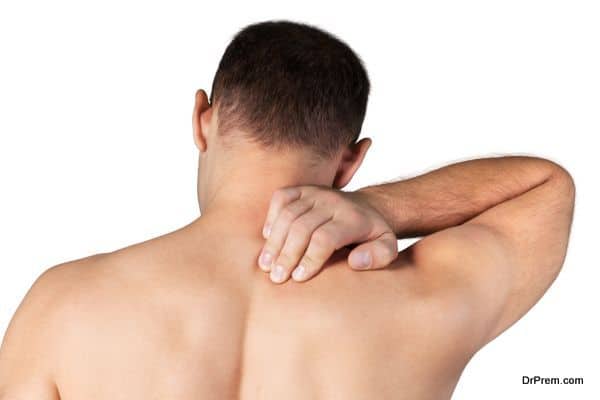Definition:
Shoulder joint replacement surgery (arthroplasty) is performed to replace a shoulder joint with artificial components (prostheses) to restore the function and comfort to shoulders, when the joint is severely damaged by degenerative joint diseases as arthritis or in complex cases of upper arm bone fracture.
Details of Procedures:
The shoulder joint replacement surgery is advised to treat certain painful conditions that include:
- Osteoarthritis
- Rheumatoid arthritis
- Post-traumatic arthritis
- Failed previous shoulder replacement surgery
- Avascular necrosis
- Rotator cuff tear arthropathy(a combination of severe arthritis and a massive non-reparable rotator cuff tendon tear)
Implants
The two artificial components(prostheses) that can be implanted in the shoulder during shoulder joint replacement surgery are:
- The humeral component: Replaces the head of the humerus. It is usually made of cobalt or chromium-based alloys and has a rounded ball attached to a stem that can be inserted into the bone. It comes in various sizes and may consist of a single piece or a modular unit.
- The glenoid component: Replaces the glenoid cavity. It is made of very high-density polyethylene. The 100% polyethylene type is more common compare to other models featuring metal tray.
- Apart from this, there is another effective shoulder replacement surgery called reverse shoulder replacement which is specifically curated for cuff tear arthropathy. This is done when a patient suffers from shoulder arthritis and rotator tuff tear.
Facts and Figures:
- The first total shoulder replacement surgery was performed by Péan a French surgeon in 1893.
- The shoulder replacement surgery is relatively less common compare to hip and knee replacement surgery.
- Shoulder replacement surgery started in the United States in the 1950s.It was used to treat fractured bone, gradually advanced to treat different degenerative diseases.
- About 23,000 people have the Shoulder replacement surgery each year in USA
- Arthritis is a common cause of shoulder pain and mobility loss.
Advantages and Disadvantages:
Advantages:
- Excellent results of the surgery that relieves chronic and significant pain. The report suggests that artificial shoulder joints functions well and lasts for 15 to 20 years
- Significantly fewer complications, “No fatalities associated with shoulder replacement are reported”. Says a published study. Science Daily (Mar. 27, 2007)
- Less costly compare to patients undergoing for hip or knee replacement.
- Lesser stay at hospital-Patients seeking shoulder joint replacement through medical tourism can usually return home within 3 to 4 days of their surgery.
Disadvantages:
- Dislocation of implants
- Loosening of the Implant – in such case a revision surgery may be needed to perform
- Shoulder stiffness or shoulder may not work as well as normal shoulder joint
Pre-operative and Post-operative care:
Pre-operative preparation:
- Physical examination
- Blood and urinalysis
- Diagnostic tests- x ray or MRI
- Consultation with surgeon or doctor a week ago, and have a list of medicine which are to be taken or needed to be stopped.
- Inform the surgeon about habit of smoking and alcohol.
- Arrangement for leave from work, help at home, help with driving, and for post operative rehabilitation
- Do not eat or drink anything after midnight the night before surgery
- Arrangement for easy to wear clothes
Post-operative care:
- A careful, well-planned post operative rehabilitation program is very important for the successful outcome of a shoulder joint replacement
- After surgery, the operated arm is placed in a sling, and a support pillow is placed under the elbow to protect the repair. Patients needs to wear the sling at night for 4 to 6 weeks
- A gentle passive- assisted range of motion exercises are usually started during the hospital stay.
- The physical therapist gives the instructions related to the use of pulley device to help bend and extend the operated arm, before leaving the hospital.
- Most patients are able to perform simple activities such as eating, dressing and grooming within 2 weeks after surgery.






